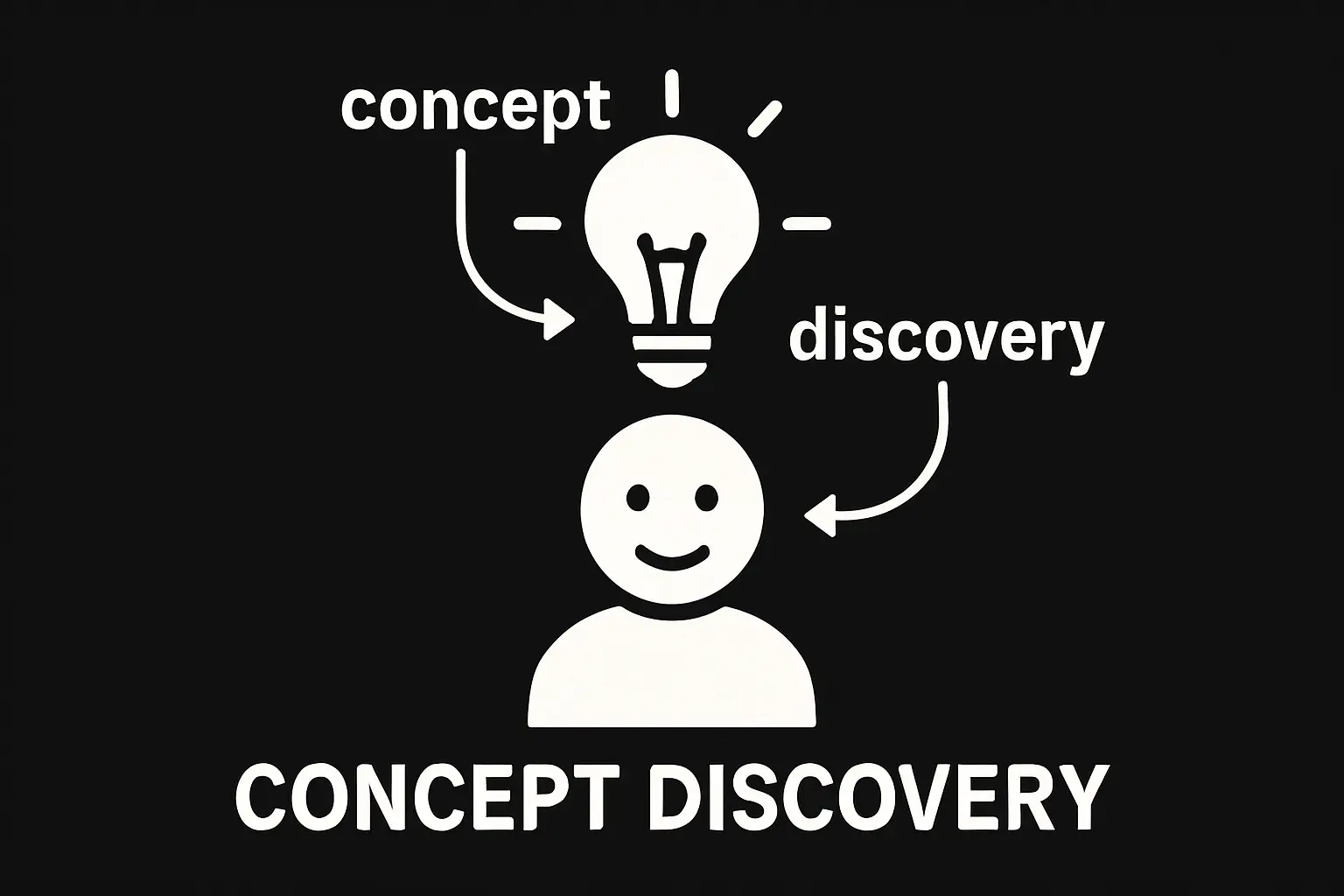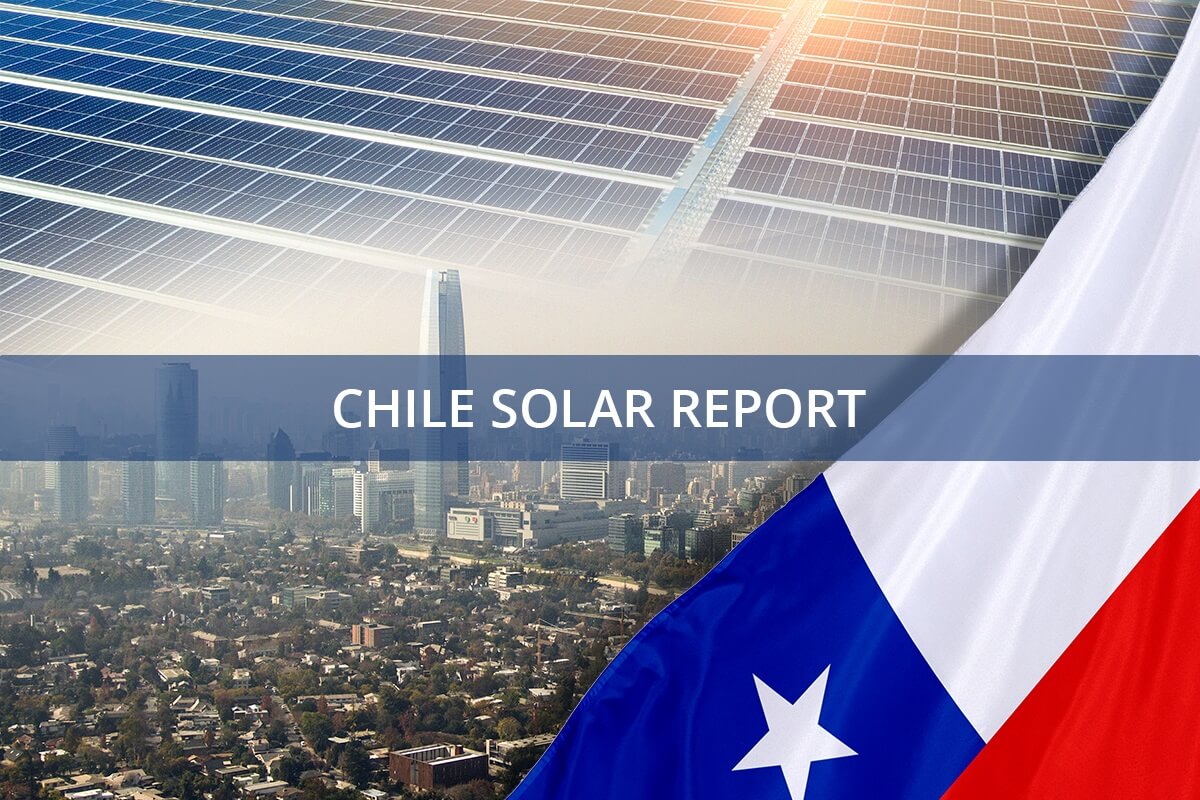The Atacama Desert in northern Chile boasts the highest solar irradiance on Earth, making it a powerhouse for photovoltaic energy generation. The same region hosts one of the world’s most energy-intensive industries: copper mining. This creates a powerful dynamic where a critical industry’s greatest operational challenge—high energy cost—can be met by the region’s greatest natural resource. This article outlines the strategic and financial framework for establishing a 100 MW turnkey solar module factory in Antofagasta, one designed specifically to supply the robust, high-performance modules the Chilean mining sector requires.
The Strategic Imperative: Why Local Solar Manufacturing Matters for Chilean Mining
For any professional evaluating a new venture, understanding the market need is paramount. In Chile, the demand for a local, specialized supply of solar modules is no theoretical concept; it is a pressing economic and logistical necessity driven by several key factors.
The Energy Challenge and the Solar Solution
Chile’s mining industry is the backbone of its economy, but it is also a colossal consumer of energy. The sector accounts for over a third of the nation’s total electricity consumption, with major operators like the state-owned Codelco using vast amounts of power. This reliance on grid electricity, often generated from fossil fuels, exposes mining operations to high and volatile operational costs.
Solar PV offers a direct solution. With the Atacama’s exceptional solar resources, on-site solar plants can deliver a levelized cost of energy (LCOE) that is highly competitive with traditional sources. By producing their own power, mines can secure long-term energy price stability, reduce their carbon footprint, and improve operational resilience.
The Supply Chain Vulnerability
Currently, the vast majority of solar modules installed in Chile are imported, a reliance that introduces significant risks for large-scale mining projects:
- Long Lead Times: Shipping from Asia can take months, delaying project execution.
- Logistical Damage: Modules are frequently damaged during extensive transport and handling.
- Lack of Customization: Imported modules are not engineered for the extreme conditions of the Atacama Desert, with its intense UV radiation, wide daily temperature swings from over 40°C to below freezing, and abrasive dust.
A local factory eliminates these issues, offering a secure, responsive, and customized supply chain tailored to the industry’s specific needs.
Project Blueprint: A 100 MW DESERT+ Module Factory in Antofagasta
Capitalizing on this opportunity requires a specialized manufacturing facility. The proposed project is a 100 MW production line in Antofagasta, the logistical hub of Chile’s mining region. This facility would not produce standard modules but rather a specialized product: the DESERT+ module.
Engineered for Extreme Environments: The DESERT+ Module
The DESERT+ is a high-performance module designed to withstand harsh conditions, ensuring a longer lifespan and higher energy yield. Its key features include:
- Glass-Glass Construction: Instead of a standard glass-foil design, these modules use glass on both the front and back. This provides superior mechanical stability and resistance to degradation from UV radiation and humidity.
- Bifacial Technology: The cells capture light from both sides, increasing energy yield by up to 25% by collecting reflected light from the ground—a significant advantage in the bright desert landscape.
- Specialized Sealants and Junction Boxes: Advanced materials prevent the ingress of fine dust and sand, which can cause performance degradation and electrical failures over time.
This focus on durability and performance directly addresses the concerns of mining operators, who require reliable infrastructure with a service life of 30 years or more.

The Turnkey Implementation Model
For an entrepreneur or investor without a background in photovoltaics, establishing such a factory can seem daunting. This is where a turnkey partner becomes essential. A company like J.v.G. Technology GmbH, with decades of experience setting up solar factories globally, can manage the entire process: initial planning, financial modeling, sourcing all key manufacturing equipment, factory construction, installation, and commissioning. This model allows the investor to focus on business strategy while the technical partner ensures a world-class manufacturing facility is delivered on time and on budget.
Investment Framework and Financial Projections
A project of this scale demands a clear financial plan. Based on experience from similar J.v.G. turnkey projects, a 100 MW factory represents a significant yet well-defined investment.
Estimated Capital Expenditure (CAPEX)
The total initial investment for a 100 MW DESERT+ module factory typically falls in the €25–35 million range. This can be broken down into key categories:
- Production Machinery & Technology: €15–20 million
- Building & Infrastructure (approx. 10,000 m²): €5–7 million
- Technology Transfer, Training & Ramp-Up Support: €2–3 million
- Working Capital & Contingencies: €3–5 million
These figures are illustrative and would be refined during a detailed feasibility study. For a comprehensive overview, resources detailing investment costs for starting a solar panel factory are available on websites like pvknowhow.com.
Operational Expenditure (OPEX) and Staffing
The factory would create significant local employment, requiring approximately 100–120 skilled and semi-skilled personnel to run two to three shifts. Key ongoing costs include raw materials (Bill of Materials), labor, utilities, and maintenance.
Revenue Model and Market Access
The primary revenue stream would be direct sales to mining companies and the large-scale EPCs (Engineering, Procurement, and Construction) developing solar farms in the region. Securing long-term supply agreements with one or two major mining operators could anchor the factory’s production capacity and ensure stable, predictable revenue. The premium, durable nature of the DESERT+ module would command a higher price point than standard imported panels, leading to healthy profit margins.

Implementation Roadmap with a Turnkey Partner
A structured, phased approach is critical for success. A typical project timeline, managed by a turnkey partner, spans approximately 18 to 24 months.
Phase 1: Feasibility and Planning (Months 1–3)
- Detailed market analysis and site selection in the Antofagasta region.
- Development of a comprehensive business plan and financial model.
- Securing initial funding and exploring partnerships with local stakeholders or government bodies like CORFO.
Phase 2: Engineering and Procurement (Months 4–9)
- Finalizing the factory layout and process flow.
- Ordering all long-lead-time production equipment from certified suppliers.
- Commencing detailed architectural and civil engineering designs.
Phase 3: Construction and Installation (Months 10–15)
- Construction of the factory building and associated infrastructure.
- Arrival and installation of the production line, supervised by German engineers to ensure precision and quality.
Phase 4: Commissioning, Training, and Certification (Months 16–18)
- Systematic ramp-up of the production line.
- Intensive on-site training for the local workforce, covering operations, quality control, and maintenance.
- Achieving necessary product certifications, such as those from the International Electrotechnical Commission, to guarantee international quality standards. More information on IEC certification for PV modules can be found on industry knowledge websites.

Frequently Asked Questions (FAQ)
Why not just import standard solar modules?
Standard modules are not optimized for the extreme environmental stresses of the Atacama Desert. The DESERT+ module’s robust glass-glass, bifacial design ensures higher long-term energy production and lower degradation rates. Local production also de-risks the supply chain, cuts transportation costs, and creates local economic value.
What is a ‘turnkey’ factory setup?
A turnkey solution is an end-to-end service where a single expert partner takes full responsibility for a project, from conception to the start of production. For the investor, this means one point of contact and accountability, significantly reducing project complexity and risk.
What level of technical expertise is required from the investor?
The investor’s primary role is to provide strategic vision and business leadership. The turnkey partner—like J.v.G. Technology—provides the deep solar manufacturing expertise, engineering knowledge, and project management capabilities. This partnership allows business professionals from other industries to successfully enter the solar manufacturing space.
How does a DESERT+ module differ from a standard one?
The key differences are durability and performance in harsh climates. It uses a dual-glass structure instead of a plastic backsheet, incorporates bifacial cells to capture reflected light, and employs superior sealing to protect against dust and moisture.
What are the main operational challenges in a desert environment?
Key challenges include managing abrasive dust—which requires specialized cleaning protocols for both the modules in the field and the factory environment—and handling equipment in high-temperature conditions. These factors are explicitly addressed in the factory design and operational planning.
Next Steps in Your Project Evaluation
The opportunity to supply Chile’s mining industry with locally manufactured, high-performance solar modules presents a compelling business case rooted in clear market demand and regional advantage. For entrepreneurs considering such a venture, the next logical step is a detailed feasibility study and a customized business plan tailored to specific financial and market objectives.
To build a foundational understanding of the required processes and planning, the free online course for solar entrepreneurs from pvknowhow.com offers a structured introduction to these key topics, helping transform a strategic vision into a viable industrial project.






